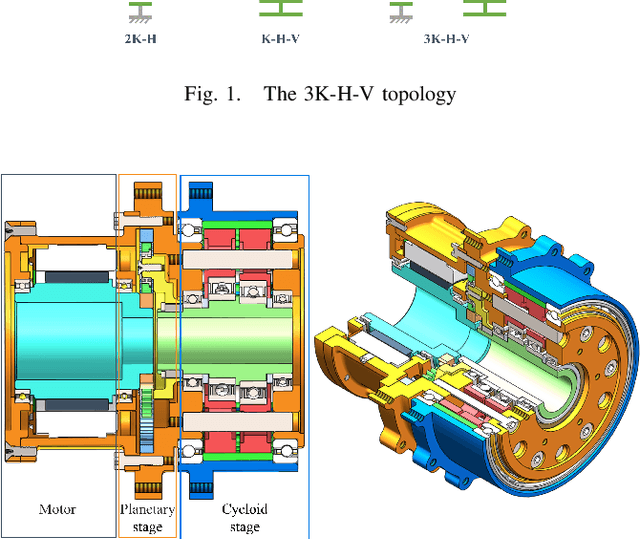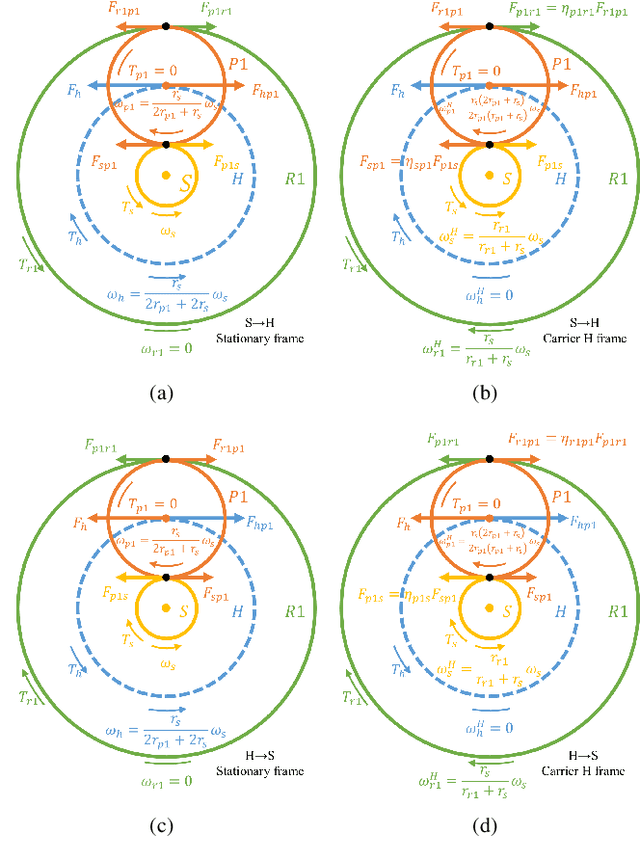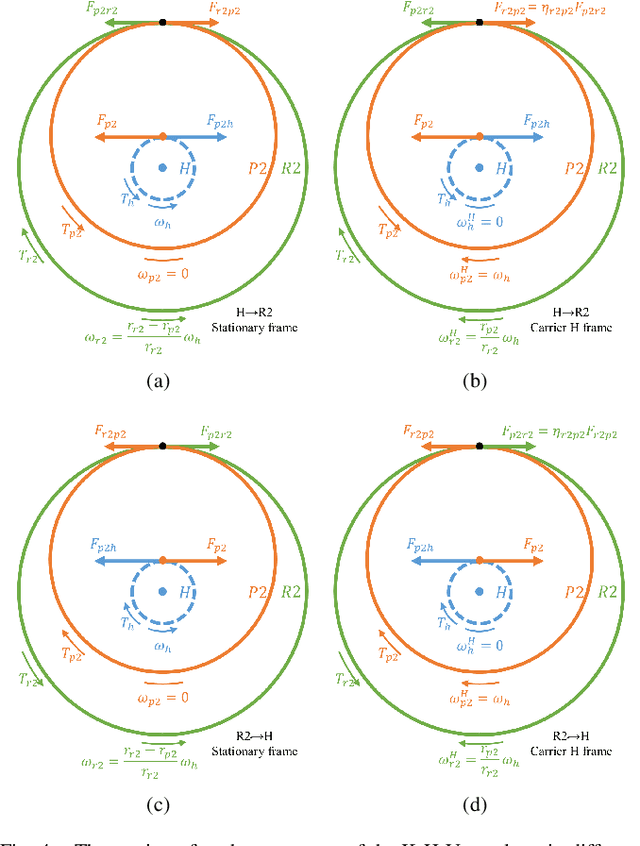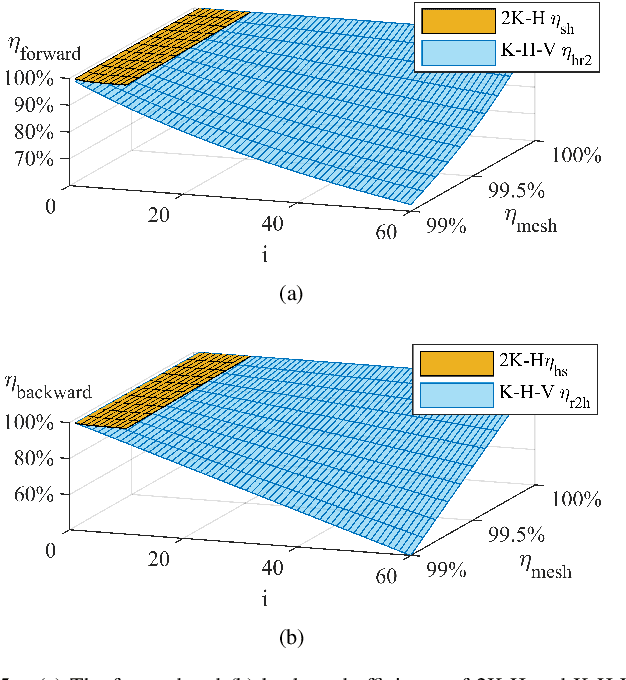Zongwu Xie
Learning Humanoid Locomotion with World Model Reconstruction
Feb 22, 2025Abstract:Humanoid robots are designed to navigate environments accessible to humans using their legs. However, classical research has primarily focused on controlled laboratory settings, resulting in a gap in developing controllers for navigating complex real-world terrains. This challenge mainly arises from the limitations and noise in sensor data, which hinder the robot's understanding of itself and the environment. In this study, we introduce World Model Reconstruction (WMR), an end-to-end learning-based approach for blind humanoid locomotion across challenging terrains. We propose training an estimator to explicitly reconstruct the world state and utilize it to enhance the locomotion policy. The locomotion policy takes inputs entirely from the reconstructed information. The policy and the estimator are trained jointly; however, the gradient between them is intentionally cut off. This ensures that the estimator focuses solely on world reconstruction, independent of the locomotion policy's updates. We evaluated our model on rough, deformable, and slippery surfaces in real-world scenarios, demonstrating robust adaptability and resistance to interference. The robot successfully completed a 3.2 km hike without any human assistance, mastering terrains covered with ice and snow.
Neural-Network-Driven Reward Prediction as a Heuristic: Advancing Q-Learning for Mobile Robot Path Planning
Dec 17, 2024Abstract:Q-learning is a widely used reinforcement learning technique for solving path planning problems. It primarily involves the interaction between an agent and its environment, enabling the agent to learn an optimal strategy that maximizes cumulative rewards. Although many studies have reported the effectiveness of Q-learning, it still faces slow convergence issues in practical applications. To address this issue, we propose the NDR-QL method, which utilizes neural network outputs as heuristic information to accelerate the convergence process of Q-learning. Specifically, we improved the dual-output neural network model by introducing a start-end channel separation mechanism and enhancing the feature fusion process. After training, the proposed NDR model can output a narrowly focused optimal probability distribution, referred to as the guideline, and a broadly distributed suboptimal distribution, referred to as the region. Subsequently, based on the guideline prediction, we calculate the continuous reward function for the Q-learning method, and based on the region prediction, we initialize the Q-table with a bias. We conducted training, validation, and path planning simulation experiments on public datasets. The results indicate that the NDR model outperforms previous methods by up to 5\% in prediction accuracy. Furthermore, the proposed NDR-QL method improves the convergence speed of the baseline Q-learning method by 90\% and also surpasses the previously improved Q-learning methods in path quality metrics.
Diffusion as Reasoning: Enhancing Object Goal Navigation with LLM-Biased Diffusion Model
Oct 29, 2024Abstract:The Object Goal Navigation (ObjectNav) task requires the agent to navigate to a specified target in an unseen environment. Since the environment layout is unknown, the agent needs to perform semantic reasoning to infer the potential location of the target, based on its accumulated memory of the environment during the navigation process. Diffusion models have been shown to be able to learn the distribution relationships between features in RGB images, and thus generate new realistic images.In this work, we propose a new approach to solving the ObjectNav task, by training a diffusion model to learn the statistical distribution patterns of objects in semantic maps, and using the map of the explored regions during navigation as the condition to generate the map of the unknown regions, thereby realizing the semantic reasoning of the target object, i.e., diffusion as reasoning (DAR). Meanwhile, we propose the global target bias and local LLM bias methods, where the former can constrain the diffusion model to generate the target object more effectively, and the latter utilizes the common sense knowledge extracted from the LLM to improve the generalization of the reasoning process. Based on the generated map in the unknown region, the agent sets the predicted location of the target as the goal and moves towards it. Experiments on Gibson and MP3D show the effectiveness of our method.
NEDS-SLAM: A Novel Neural Explicit Dense Semantic SLAM Framework using 3D Gaussian Splatting
Mar 18, 2024Abstract:We propose NEDS-SLAM, an Explicit Dense semantic SLAM system based on 3D Gaussian representation, that enables robust 3D semantic mapping, accurate camera tracking, and high-quality rendering in real-time. In the system, we propose a Spatially Consistent Feature Fusion model to reduce the effect of erroneous estimates from pre-trained segmentation head on semantic reconstruction, achieving robust 3D semantic Gaussian mapping. Additionally, we employ a lightweight encoder-decoder to compress the high-dimensional semantic features into a compact 3D Gaussian representation, mitigating the burden of excessive memory consumption. Furthermore, we leverage the advantage of 3D Gaussian splatting, which enables efficient and differentiable novel view rendering, and propose a Virtual Camera View Pruning method to eliminate outlier GS points, thereby effectively enhancing the quality of scene representations. Our NEDS-SLAM method demonstrates competitive performance over existing dense semantic SLAM methods in terms of mapping and tracking accuracy on Replica and ScanNet datasets, while also showing excellent capabilities in 3D dense semantic mapping.
A Fast and Optimal Learning-based Path Planning Method for Planetary Rovers
Aug 09, 2023Abstract:Intelligent autonomous path planning is crucial to improve the exploration efficiency of planetary rovers. In this paper, we propose a learning-based method to quickly search for optimal paths in an elevation map, which is called NNPP. The NNPP model learns semantic information about start and goal locations, as well as map representations, from numerous pre-annotated optimal path demonstrations, and produces a probabilistic distribution over each pixel representing the likelihood of it belonging to an optimal path on the map. More specifically, the paper computes the traversal cost for each grid cell from the slope, roughness and elevation difference obtained from the DEM. Subsequently, the start and goal locations are encoded using a Gaussian distribution and different location encoding parameters are analyzed for their effect on model performance. After training, the NNPP model is able to perform path planning on novel maps. Experiments show that the guidance field generated by the NNPP model can significantly reduce the search time for optimal paths under the same hardware conditions, and the advantage of NNPP increases with the scale of the map.
Prototype Design and Efficiency Analysis of a Novel Robot Drive Based on 3K-H-V Topology
Oct 05, 2022



Abstract:Robot actuators directly affect the performance of robots, and robot drives directly affect the performance of robot actuators. With the development of robotics, robots have put higher requirements on robot drives, such as high stiffness, high accuracy, high loading, high efficiency, low backlash, compact size, and hollow structure. In order to meet the demand development of robot actuators, this research base proposes a new robot drive based on 3K-H-V topology using involute and cycloidal gear shapes, planetary cycloidal drive, from the perspective of drive topology and through the design idea of decoupling. In this study, the reduction ratio and the efficiency model of the 3K-H-V topology were analyzed, and a prototype planetary cycloidal actuator was designed. The feasibility of the drive is initially verified by experimentally concluding that the PCA has a hollow structure, compact size, and high torque density (69 kg/Nm).
 Add to Chrome
Add to Chrome Add to Firefox
Add to Firefox Add to Edge
Add to Edge